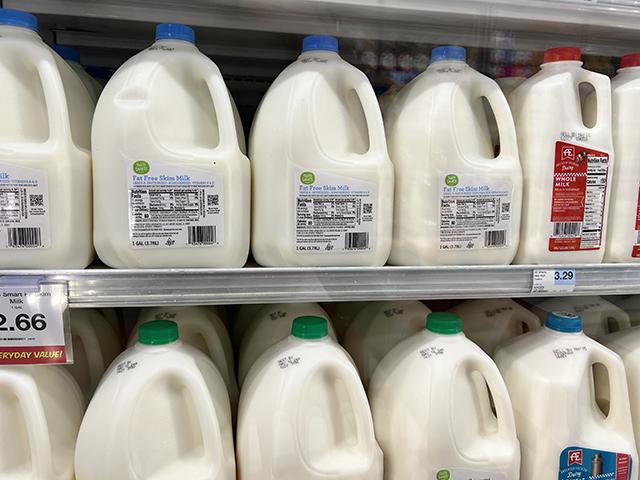Bird Flu Update: Colorado Dairy to List
Colorado Dairy Tests Positive for H5N1 as FDA Reaffirms Pasteurization
OMAHA (DTN) -- A dairy in Colorado has tested positive for the H5N1 virus as federal officials stress the value of pasteurization for protecting consumers from the virus.
USDA's Animal and Health Plant Inspection Service added Colorado to its list of states with dairy herd infections -- the first herd with a reported infection in the past week. USDA now shows nine states with a total of 34 infected herds nationally.
Colorado Department of Agriculture did not respond to emails about the positive finding. Still, the finding comes just as a bill that would have expanded the sale of raw milk products died in the Colorado Senate on Thursday, Colorado Public Radio reported.
This week reflected more focus by federal officials in getting detailed information out to the public after the first initial reports that milk products had tested positive for dead fragments of the virus.
USDA implemented a federal order requiring all dairy cows be tested for H5N1 before moving across state lines. USDA also mandated that laboratories and state veterinarians report all positive influenza A tests in livestock to USDA's Animal and Plant Health Inspection Service (APHIS).
P[L1] D[0x0] M[300x250] OOP[F] ADUNIT[] T[]
The Food and Drug Administration then followed up Thursday and reported that 20% of commercial milk sampled tested for genetic fragments of the HPN1 virus across 38 states. The positive testing results in so many states suggest the virus could be more widespread than initially expected.
Pasteurization worked in killing the virus, but its genetic material remained. On Friday, FDA reaffirmed its testing and stated that the analysis continues. But tests also showed pasteurization is effective in inactivating HPAI (highly pathogenic avian influenza.
"This additional testing did not detect any live, infectious virus. These results reaffirm our assessment that the commercial milk supply is safe," FDA stated.
TRADE ISSUES
Trading partners have largely been restrained over the H5N1 cases in cattle.
With USDA requiring testing of milk for lactating dairy cattle before interstate movement, Canadian officials have asked USDA to conduct the same tests for dairy cattle entering Canada from the U.S.
Turkey and the Dominican Republic have banned imports of live cattle, and Colombia has banned imports of live cattle and also restricted imports of beef from slaughter establishments in states that have H5N1-infected cattle.
Also see, "Feds Increase Testing of Cows and Milk Products Due to H5N1 Flu," https://www.dtnpf.com/…
Chris Clayton can be reached at Chris.Clayton@dtn.com
Follow him on social platform X @ChrisClaytonDTN
(c) Copyright 2024 DTN, LLC. All rights reserved.






